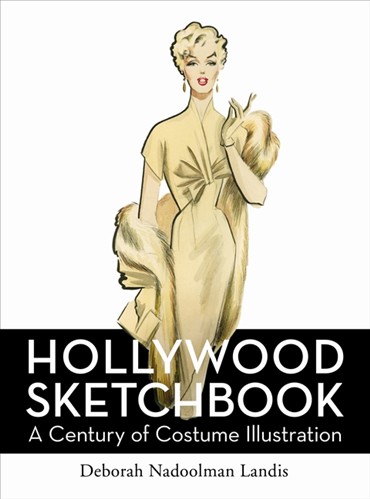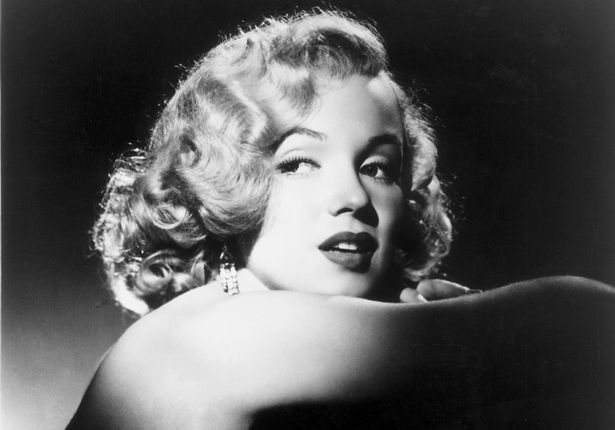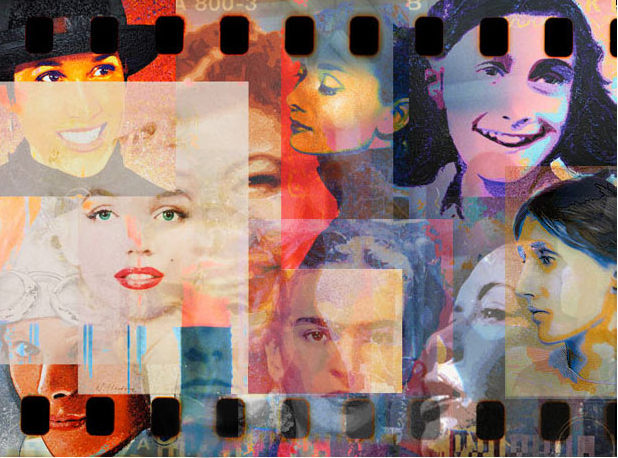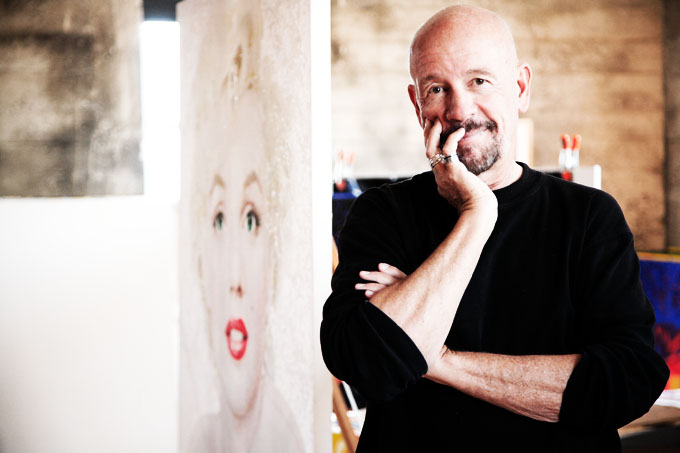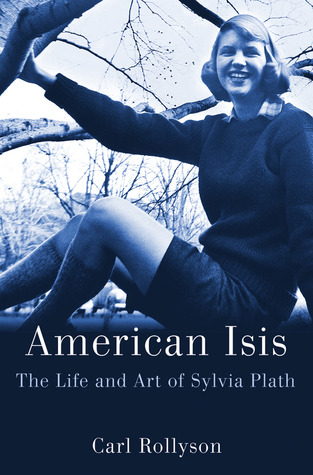The American poet Sylvia Plath, who died fifty years ago today, once dreamed of Marilyn (see here). Her latest biographer, Carl Rollyson – whom has also written about MM – argues in his just-published book, American Isis: The Life and Art of Sylvia Plath, that she was ‘the Marilyn Monroe of modern literature.’
He explained this comparison in a recent interview with Biographile:
“You begin your book by calling Sylvia Plath ‘the Marilyn Monroe of modern literature.’ Can you say more about that comparison, and how it shaped your writing?
It’s always struck me that Sylvia Plath was unusual for a woman of her generation in the range of her interests. She had such an interest in poetry, in prose, and in wanting to be a greater poet, but at the same time she saw no problem with also being a popular writer, for Ladies’ Home Journal, The Saturday Evening Post, and other kinds of magazines. When you look at her journals, she really wanted to have a wide range of appeal. That made me think of Marilyn Monroe, in part because Sylvia Plath dreamed about Marilyn Monroe, and I thought that for a writer of Plath’s age and seriousness, to dream about Monroe was really quite striking – and not only to dream about her, but to take Monroe seriously as someone who would give her advice, comfort her, appear as a kind of fairy godmother. When I read biographies of Plath, biographers would say that this was odd or strange, but because of my own work on Monroe I thought no, that’s exactly what Sylvia Plath is. This is a woman firing on all cylinders, who wants to be that kind of cynosure or center of attention, that marks her as a figure in the culture.
It’s a fascinating connection that you develop as the biography moves forward: Marilyn Monroe’s relationship with Arthur Miller, for instance, has several parallels to Plath’s with Ted Hughes.
Marilyn Monroe was always looking for, in some sense, a father figure, and Arthur Miller served that function, as well as being her lover and a man she respected for his writing. Well, look at Sylvia Plath and Ted Hughes – in her poetry, and Hughes’s own poetry, in Birthday Letters, he emerges as a kind of replacement for Plath’s father, and also of course as a respected writer, someone with whom Plath could identify in that way.”
